Having the taste of real saffron in your food and beverages is the most exotic feeling you could experience, but when it comes to buying real saffron and avoiding fake saffron there is a challenge with the variety of brands that supply saffron.
How to Buy Real Saffron And Avoid Fake Saffron
Because saffron is super expensive. To save money, some dishonest manufacturers would blend a little amount of actual saffron with fillers such as safflower, a plant often produced for cooking oil, or corn silk threads tinted red with food coloring and sell the product as saffron.
- Price: Real saffron has a high price tag. Spending at least $10 for one gram could be your first sign of a good purchase.
- Smell: Pure saffron has beautiful honey-like, floral aroma with a soft sweetness. Once you mix external additives to it, the smell becomes metallic or tobacco-like as time passes by.
- Color: At first sight saffron threads should look dark red with a bit of yellow depending on the different types saffron.a quick way to test your saffron is to add a pinch of saffron threads to some hot water and wait, if the saffron loses its colors in a matter of seconds it’s a sign of fake saffron; because real saffron take about 3 to 5 minutes to dye the water yellow. Also authentic saffron will keep its dark red color unlike fake saffron that will lose its color and in some cases turns into powder after dipping in water.
So how to identify fake saffron?

The flower of saffron is purple flower called autumn crocus, and it has a red stigma which we use as the saffron spice.
the crocus bulb only produces one flower and each flower has 3 saffron stigmas. this is why saffron is so expensive and difficult to harvest.
so you bought your saffron from a store wondering how can it be fake? Saffron can be entirely fake, or it can be real saffron but mixed with other substances.
corn silk threads commonly used as fake saffron, coconut filaments or even dyed meat shreds and shredded paper is other examples. doing a water test will make the dye used to color fake saffron come off easily.
Real saffron mixed with fake materials and fillers or even sprayed with water will make it heavier and have more mass resulting in higher cost.
8 tests to identify real saffron and avoid fake saffron at home
1.Distinguish saffron by sight
Difference of price in saffron is effected by the cut of the Saffron stigma or thread/filament.
- Saffron Grade 1 or A+ or All Red (Sargol or Negin): All red Saffron containing only stigmas. This grade of saffron is 100%, Premium Saffron. This is also natively known as Super-Negin or Sargol Saffron. It is the top 1/3 or 2/3 part of the Saffron filament. It is highly priced due to its rich color & aroma. It is the purest and finest quality saffron.
- Saffron Grade 2 or Thread (Pushal) : Saffron Grade 2 or Thread contains the red stigmas and the yellow/white style end. This category of saffron is also costly and mainly used for daily cooking.
- Saffron grade 3 or B or Tied bunch (Dasteh): Contains the red stigmas connected to the entire style. This is typically low cost and low quality and available in all major local grocery stores. The overall weight of the thread contains more floral matter (Style). Its typical use is in perfumes (attars), fragrances, and incense & aromatic flavors.
Saffron threads are trumpet-shaped. If a thread does not bulge at one end, it’s a fake. If you rub real saffron between your fingers, your skin will turn yellow/orange.
2.Distinguish saffron by smell
To put it in simple words real saffron smells like honey and hay mixed together. the smell of saffron is described to be sweet.
3.Distinguish saffron by taste
Despite the sweet smell, Saffron is bitter, and its flavor is quite distinctive.
To determine if the saffron is authentic, all you need to do is ask the seller for 1 or 2 threads of saffron which you put on your tongue and chew on for a few seconds. You will experience a sharp, bitter taste in your taste buds. Then spit the threads onto a clean paper tissue and rub them inside. You know you buy genuine saffron if the paper tissue color appears yellow. If the color appears red, you are being sold colored threads.
4.Distinguish saffron by color release
Place the threads in a small container filled with tepid water. Wait at least 15 minutes.
Genuine saffron gradually turns the water yellow. It could take up to an hour for the color to change. The red tint of the saffron strands remains. The substance is not saffron if the water changes color immediately, turns red, or does not change color, or if the threads lose their color.
Real saffron threads will also remain intact after soaking if rubbed between your fingers. Fakes, on the other hand, tend to disintegrate.

5.Distinguish saffron by floating in water
The Float Test is another way to determine whether or not saffron is genuine. When immersed in water, real saffron threads do not drown. Instead, they would float. Because of the weight of the colored dye or floral debris on them, fake saffron threads would partially or completely drown in water.
Other uncommon methods are mentioned below to tell real saffron from fake saffron.
6.Distinguish saffron by baking soda
Mix in a pinch of baking soda to the water. Then, stir in the saffron. If the water/baking soda mixture contains pure saffron, it will turn yellow, whereas a fake one would turn dull red.
7.Distinguish saffron by paper
Profiteers may often spray saffron with salt or greasy water to increase its weight. Pour some saffron on white paper and press it with your finger for a few seconds to detect fake saffron that has been tainted with oil. If there are signs of oil on the paper, you have phony saffron on your hands.
8.Distinguish saffron by petrol
Saffron does not dissolve in petrol. To detect real saffron, you can put some saffron in petrol. If the petrol gets colored, it indicates that your saffron is not real.
Advice : Buying boxed saffron in forms of negin and super negin is the best way to avoid fake saffron, because it is easy to cheat in saffron powder and it can only be diagnosis through a laboratory.
Tips for buying saffron
- Never buy saffron powder. Although your recipe may ask for powder, buying it in threads allows you to determine if it is genuine. Once the drug has been ground, it is nearly impossible to tell the difference between real and fake or contaminated. Furthermore, even if it is genuine, ground saffron may contain fillers such as coloured rice flour, starch, or other spices such as turmeric or paprika.
- It may seem obvious, but it never hurts to remember to buy from a reputable source. That source could be a store you know and trust, or an online seller you’ve checked out.
The top saffron-producing countries in the world
-
Iran: Iran is the world’s leading producer of saffron, accounting for approximately 80% of global production. Iranian saffron is known for its high quality and intense flavor.
-
Spain: Spain is the second-largest producer of saffron in the world, with a market share of about 10%. Spanish saffron is considered to be one of the best in the world, and is often used in high-end cuisine.
-
Greece: Greece is the third-largest producer of saffron in the world, with a market share of about 5%. Greek saffron is known for its delicate flavor and aroma.
-
Morocco: Morocco is the fourth-largest producer of saffron in the world, with a market share of about 3%. Moroccan saffron is known for its rich flavor and aroma.
-
India: India is the fifth-largest producer of saffron in the world, with a market share of about 1%. Indian saffron is known for its good quality and affordable price.
These five countries are responsible for the majority of the world’s saffron production. Other countries that produce saffron include Afghanistan, Azerbaijan, China, France, Italy, and Nepal.
Tips on saffron storage
- Store saffron threads in glass in a cool, dark place.
- Saffron should not be stored in a plastic container or bag.
Does fake saffron taste like real saffron?
You can also test the differences in the taste profiles. The test water of the fake saffron will either lack flavor entirely or have a bitter metallic taste.
What do they use for fake saffron?
Fake saffron can be corn silk threads, safflower (an unrelated thistle), coconut filaments or even dyed horse hair, or shredded paper. The dye used to color fake saffron will come off quickly, a fact that becomes apparent if you do the water test.
How can we identify pure saffron?
Cold water test : Prepare a glass bowl full of cold water. Take some saffron threads and place them on top of the water. After 10-15 minute, the saffron slowly releases a golden hue, and the water turns completely yellow. If so, you can make sure that your saffron is pure.





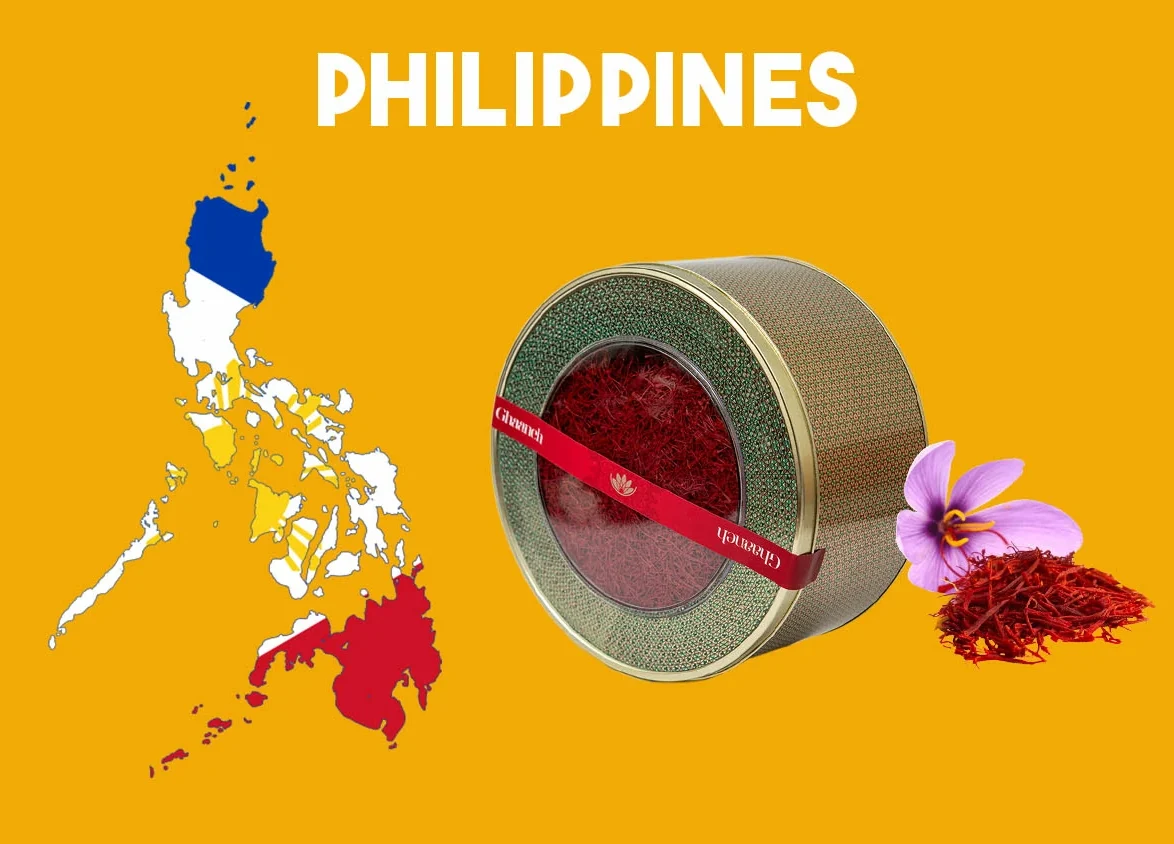
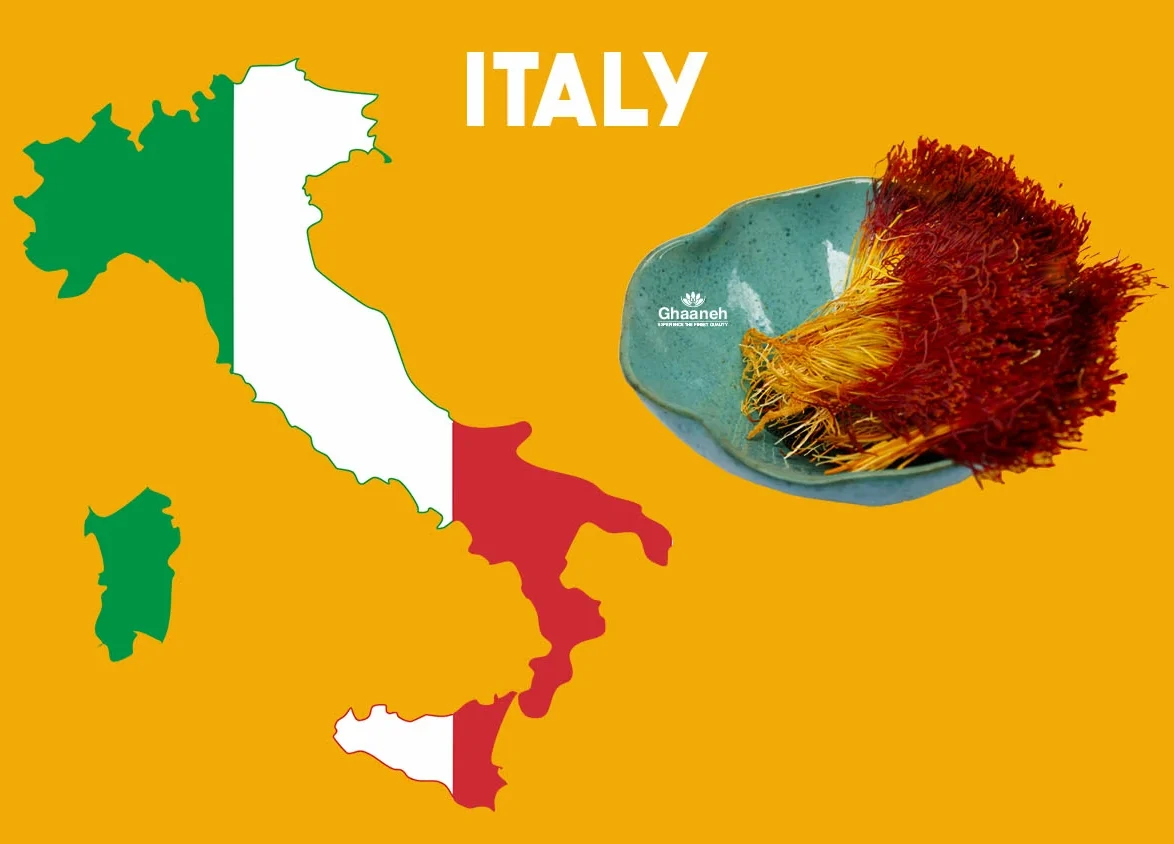
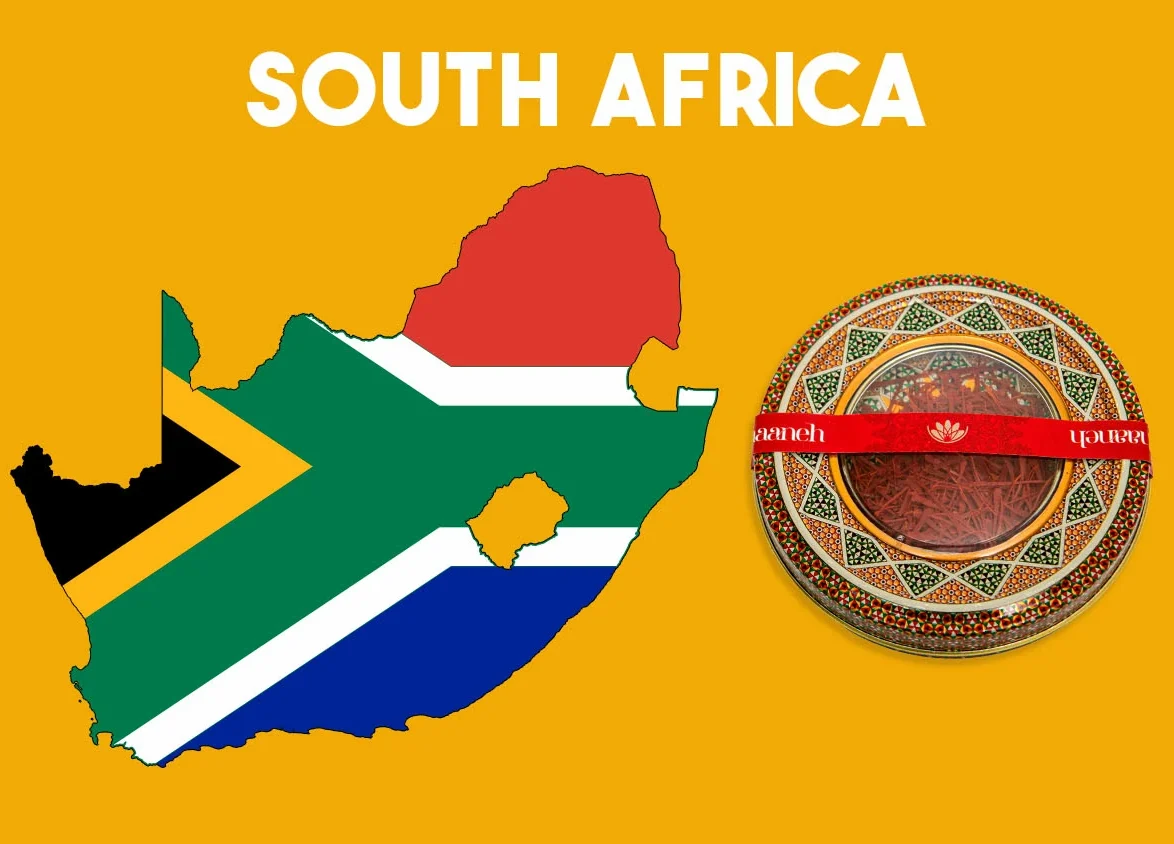
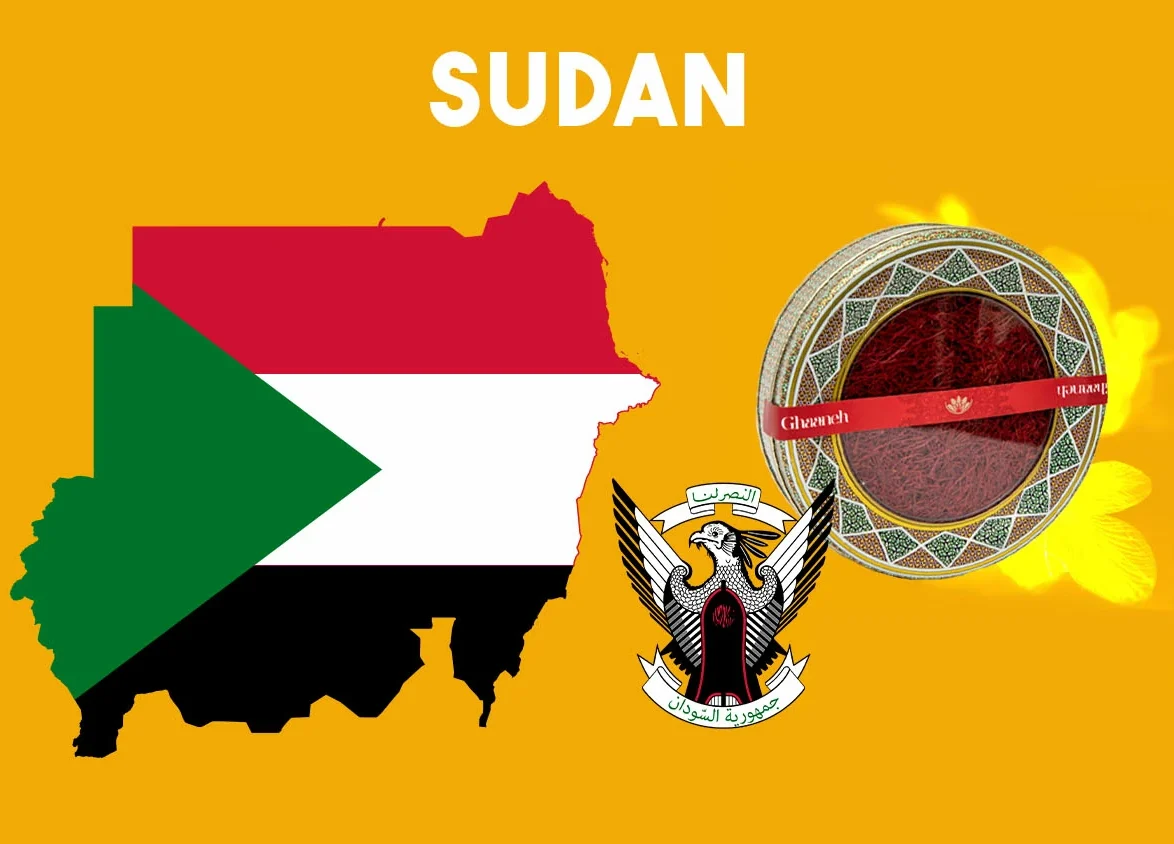
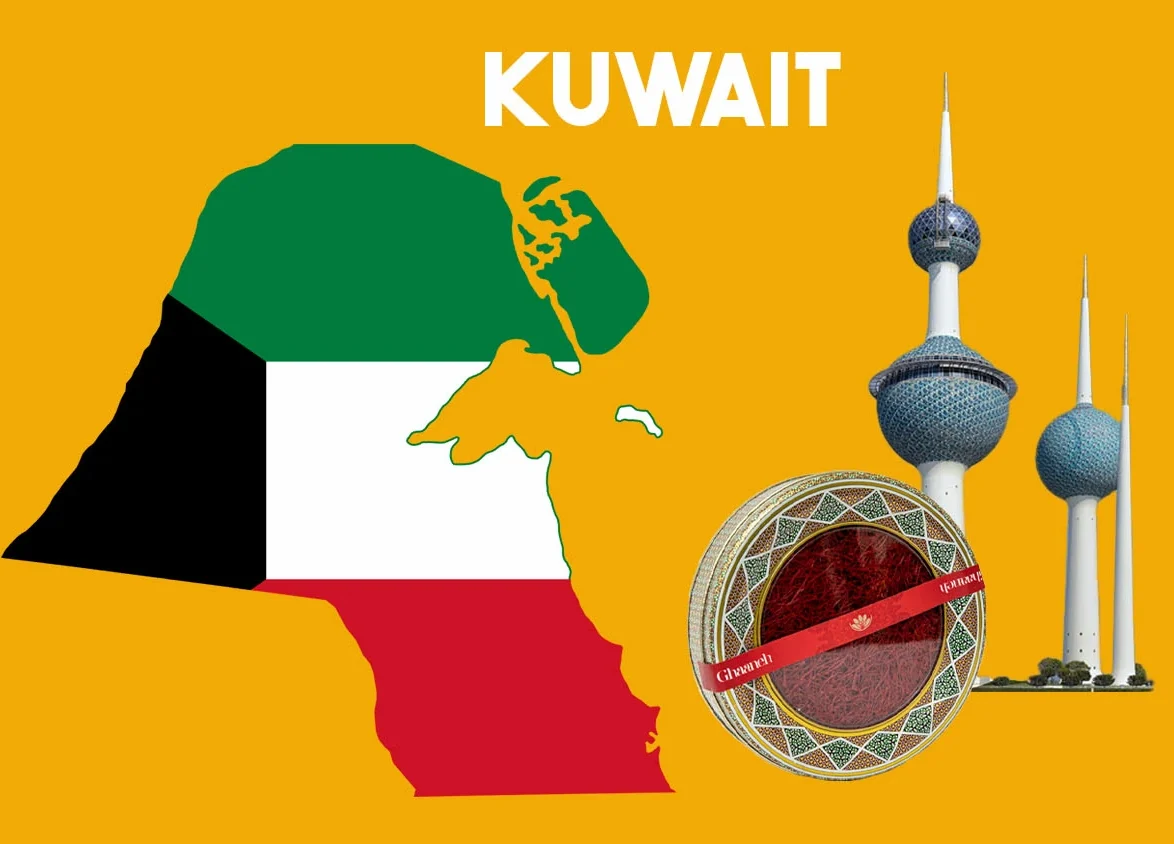
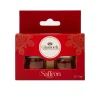
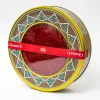
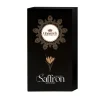
Pingback: A Comparison between Spanish saffron and Iranian saffron – Queen Of Flowers
Pingback: Why is saffron so expensive : history of saffron - Queen Of Flowers
Pingback: Saffron Threads and Powder: Differences, Usage
Its such as you learn my mind! You seem to grasp so much approximately this, such
as you wrote the e-book in it or something. I feel that you just
could do with some % to power the message home a little bit, but other than that, this is excellent blog.
A fantastic read. I will definitely be back.
Wow, fantastic blog layout! How lengthy have you been running a blog for?
you made blogging glance easy. The overall look of your website is magnificent, let alone the content!
If you are going for most excellent contents
like myself, simply go to see this website all the time as it offers quality contents, thanks!
Wow, fantastic blog layout! How long have you ever been running a
blog for? you make running a blog look easy. The overall
look of your website is magnificent, let alone the content material!
Wow, fantastic weblog layout! How long have you been blogging for?
you made blogging glance easy. The full look of your site is magnificent.
Pingback: Saffron Power: Golden Spice for Golden Health
Pingback: Identify High Quality Saffron: Simple Guide
Pingback: Saffron in Qatar: Prices & Local Shop Review
Pingback: Distinguish Saffron Quality, Orange or Yellow Saffron?
Pingback: Saffron price in Pakistan + Zafran price in Islamabad
I see You’re actually a good webmaster. The web
site loading velocity is incredible. It kind of feels that you are
doing any distinctive trick. Also, the contents are masterwork.
you’ve performed a magnificent process on this topic!
It’s fantastic that you are getting ideas from this paragraph
as well as from our argument made at this place.
I am really pleased to glance at this webpage posts which contains plenty of useful data, thanks for providing these kinds of information
Wow, this piece of writing is pleasant, my younger sister is analyzing such things,
thus I am going to tell her.
Because the admin of this site is working,
no doubt very quickly it will be renowned,
due to its feature contents.
My brother recommended I might like this blog.
He was totally right. This post actually made my day. You can’t imagine just how much time I had spent for this information! Thanks!
Normally I do not read article on blogs, but I would like to say that this write-up very forced me to take a look at
and do it! Your writing taste has been surprised me.
Thanks, very great post.
The contents are complete I was very interested
Everything is very open with a clear description of the challenges.
It was definitely informative. Your site is extremely helpful.
Many thanks for sharing!
Whats up very nice website!! Guy .. Excellent .. Superb.. I’ll bookmark your web site and take the feeds also? I am glad to find so many useful information right here
I’m extremely impressed with your writing skills and also with the layout on your blog.
Is this a paid theme or did you modify it yourself?
Anyway keep up the nice quality writing, it’s rare to see a
nice blog like this one nowadays.
Excellent blog you’ve got here.. It’s difficult to find quality writing like yours nowadays.
I really appreciate individuals like you! Take care!!
An interesting discussion is worth comment. I do believe that you should publish more
about this subject matter, it might not be a taboo matter but generally folks don’t talk about such subjects.
To the next! Kind regards!!
Greetings, I think your web site may be having browser compatibility
problems. When I look at your blog in Safari, it looks fine however, when opening in Internet Explorer, it’s got some overlapping issues.
I simply wanted to provide you with a quick heads up!
Apart from that, excellent site!
Hi, this weekend is fastidious for me, since this point in time i am
reading this wonderful informative piece of writing here at my residence.
I got this site from my pal who informed me regarding this web page
and now this time I am browsing this web page and reading very informative articles or reviews at this time.
I know this web page provides quality based posts and
other stuff, is there any other site which gives these things in quality?
It’s amazing in support of me to have a web page, which
is valuable designed for my know-how. thanks admin
Neat blog! Is your theme custom made or did you download it from somewhere?
A theme like yours with a few simple tweeks would really make my blog shine.
Please let me know where you got your design. Thank you
Yes! Finally someone writes about real saffron and fake saffron.
Amazing! Its in fact awesome post, I have got much clear idea regarding from this paragraph.
Pingback: Saffron in Bahrain: Prices & Local Shop Review
Pingback: Saffron in Egypt: Prices & Local Shop Review
Pingback: What Color is Saffron? Red or Yellow?
Pingback: Saffron in Thailand: Prices & Local Shop Review
Excellent blog post, i really needed to find this today as i was considering buying saffron soon
I looked into a few websites that have talked about saffron differences and how to recognize if it’s real saffron or fake. I might say you explained it shortly and greatly!
Pingback: Saffron in India: Prices & Local Shop Review
Pingback: Saffron in United States: Prices & Local Shop Review
Hi there would you mind letting me know which webhost you’re utilizing? I’ve loaded your blog in 3 completely different browsers and I must say this blog loads a lot quicker then most. Can you suggest a good hosting provider at a reasonable price? Many thanks, I appreciate it!
Pingback: Saffron in Denmark: Prices & Local Shop Review